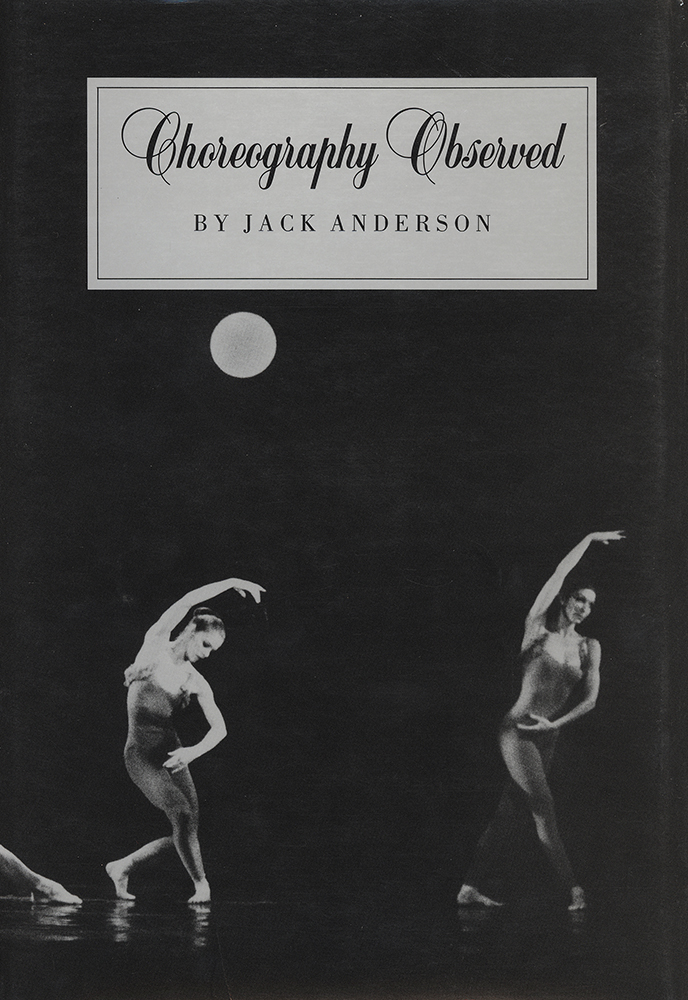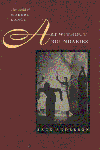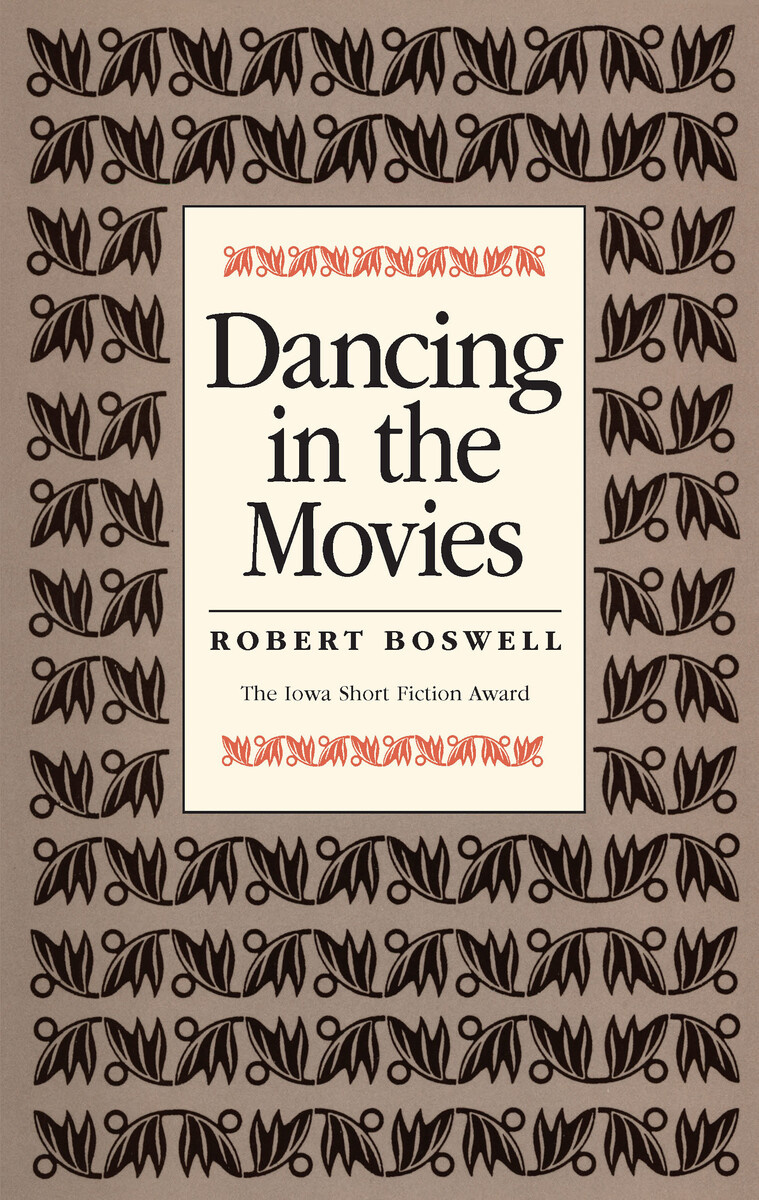For over twenty years Jack Anderson has been writing about dance performances. His essays and reviews have appeared in daily newspapers, specialist monthlies, and critical quarterlies. For the last ten years he has been a dance critic for the New York Times.
In Choreography Observed, Jack Anderson has selected writings that focus most directly on choreographers and choreography in order to illuminate the delights and problems of dance and to reveal the nature of this nonverbal but intensely expressive art form.
His essays and reviews deal with individual choreographers from Bournonville, Petipa, and Fokine to Balanchine, Paul Taylor, Meredith Monk, and Pina Bausch; individual works are also discussed in detail, such as Nijinsky's Afternoon of a Faun,Antony Tudor's Pillar of Fire, Alvin Ailey's Flowers, and Kei Takei's Light. Other pieces focus on the Baroque dance revival, contemporary multimedia dance theatre, choreography for men, the complex relationship between ballet and modern dance, and how—and how not—to revive the classics.
No other book—especially no other selection from the work of a single critic—has dealt with choreography in such an original and focused way. Anderson brings his trained eye and wide experience in the arts to bear on dance while stressing the primacy of the choreographer as auteur. By refusing to get bogged down in highly technical terminology, he makes his insights available to a wide range of readers interested in expanding their understanding of this ever more popular art form.
"…Anderson here reveals the beating heart of dance: well done."—Kirkus Reviews
"In a series of sharply perceived essays that served originally as dance reviews, Anderson comments astutely on the art of choreography. This is not only a useful way to organize a book of dance criticism, it is also fascinating. Here a critic obviously passionate about the creation of dance as well as the execution of the art form arranges his dance criticism over the years by types of choreography… Anderson is clearly interested in the psychological and historical aspects of successful choreography but, beyond that, is sometimes mesmerized by the beauty of the dance. These essays, like good dancing, do not date and should be read by anyone interested in the performing arts."—Choice
Introduction and Acknowledgments
One
Thinking about Choreography
Confessions of a Choreography-Watcher
Will Choreography Ever Be Respected as an Art Form?
Idealists, Materialists, and the Thirty-Two Fouettes
Why Doesn't the Prince Stay to Watch Aurora Dance?
Two
Out of the Past
The World of Eighteenth-Century Dance Comes Back to Life
Staging the Classics Is Not So Simple as It Seems
The Great World and the Small: Reflections on the Bournonville Festival
Fokine The Undervalued Revolutionary
Legends in the Flesh
Joffrey Brings Back Its Faune
Massine's Parade
Nijinska's Les Noces
Annabelle Gamson as Isadora
When Ballroom Dances Take to the Stage
Three
Some Contemporary Masters
The Glorious Unpredictability of George Balanchine
By Any Name, It's Still an Imperial Ballet
Balanchine's Schumann
The View from the House Opposite: Some Aspects of Tudor
Party Manners and Fredrick Ashton
A Month in the Country
Robbins's New Ballet May Mean Many Things
Some Personal Grumbles about Martha Graham
A Heady Season
Dances about Everything and Dances about Some Things
Moments Called Now
Four
Ballet Makers
Grigorovich and the Bolshoi
Talking to Myself about Eliot Feld
Neumeier in Hamburg
Kylian and Netherlands Dance Theatre
Five
The Ever-Modern
Paul Taylor: Surface and Substance
Taylor's Rites
Ailey's Flowers
Judson Revivals: A Festival Benefit
Yvonne Rainer: The Puritan as Hedonist
Steve Paxton's Improvisations
The Changing Faces of Twyla Tharp
Trisha Brown's Minimalism
New Dances That Made Audiences Think
Patterns and Spinning Are Only Part of It
How Not to Get Trapped in a Choreographic Rut
Some of Her Choreographic Brainchildren Are Real Brats
Dana Reitz Performs
Six
Images in Action
Parades and Changes
Initiations and Transformations
Monk's Inimitable Images
Lazarus, a Multimedia Event
Phoebe Neville's Enigmas
Three Views of Orpheus
Plotless Dance-Drama That Deals in Emotions
Pina Bausch's Hippo
Kei Takei
Eiko and Koma Control Time
How Avant-Garde Works Resemble Romantic Classics
Seven
Problems and Prospects
Classics Comics
The Rise of the Male Ensemble
Is Ballet Diluting Modern Dance?
Balanchine's Choreographic Influence: Pluses and Minuses
New Is Not Always Better
An Essay on Dance Criticism
Index



